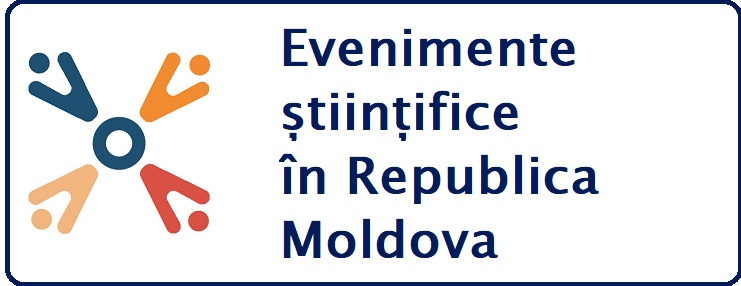The aim of this research was to estimate the economic efficiency growth and exploitation a new type of
Moldavian Karakul sheep in the Republic of Moldova condition. The research was conducted on Moldavian Karakul
sheep at the flock of National Institute of Animal Livestock and Veterinary Medici, Maximovca village, Anenii Noi
district, the Republic of Moldova. The skins qualities of Karakul lamb have been evaluated according to the Guidelines
of evaluation marks Karakul sheep with improve principles in the Republic of Moldova. Assessing the qualities of
salted-dried skins and sorting it was been effected according to standards. The sheep body weight was been determined
with technical scales at different times and at different ages of young sheep, as well as, adult sheep - annually, in the
autumn before the beginning of campaign mating. The ewes milk production has been determined by control milking
twice a month during the whole lactation. Economic efficiency of growth and exploitation of new type of sheep,
compared to classic Asian Karakul sheep, as well as and with sheep from local old race Tusca was been calculated,
according to the formula:
EeV S K
100
where:
Ee – the economic effect calculated to one animal per year in MD Lei;
V – production value obtained from one sheep per year, expressed in units of measure;
S – the spore of obtained production, as compared with controls, expressed in%;
K – the constant spore coefficient of diminishing production, conditioning by additional costs to obtain this spore.
As a result of the research showed that the new type of Moldavian Karakul sheep has advantages compared to the
classical type of the Asian Karakul, the body weight of breeding rams - with 53.1%, at the 18 months rams - with
78.5%, at the 6 months rams -with 42.5%, at the ewes - with 28.4%, at the 18 months young ewes -39.2% at the 6
months young ewes - with 29.2%, to milk production - with 53.2% on the skin surface - with 35.1%, giving way at least
with share skin sort I – with 15%. Economic efficiency, resulting from the capitalization of meat production (live
weight) to these groups of animals constitutes, respectively, 940.5; 239.2; 357.0; 91.5; 211.5 and 164.2 lei / head /
year, the ewes milk production - 199.5 lei / head / year and lower after skin sort - with -16.8 lei / head / year. Overall,
after all productive characters, new type of Moldavian Karakul sheep has economic efficiency to the race Asian
Karakul equal to 274.2 lei / head / year. The Moldavian Karakul sheep possess and economic advantages to the initial
race Tusca after skin quality - by 4.5 times, the rams body weight - with 53.2%, of ewes - by 30.5%, giving way after
milk production -with 29 1%. In total, the economic effect of the new type of sheep, compared to race Tusca, constituted
156.3 lei / head / year.
|

 546
546 0
0 SM ISO690:2012
SM ISO690:2012











